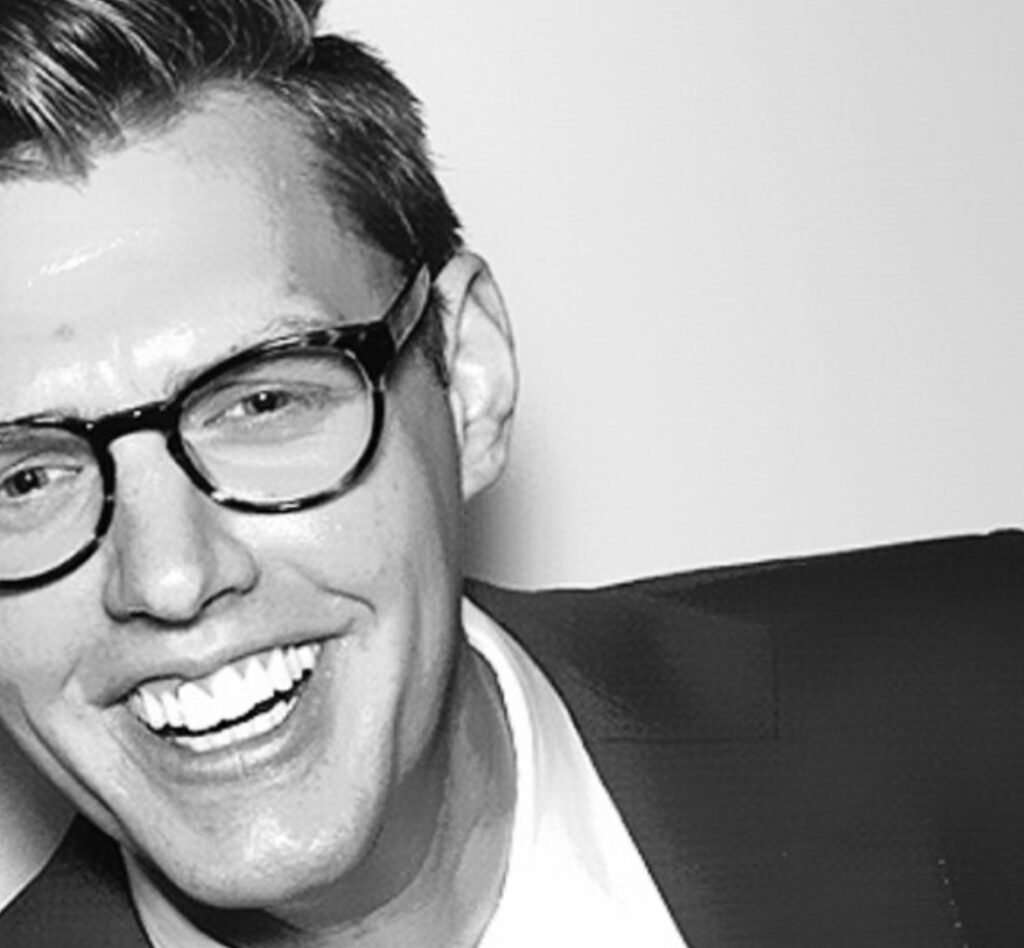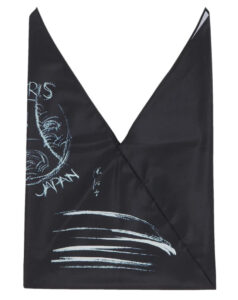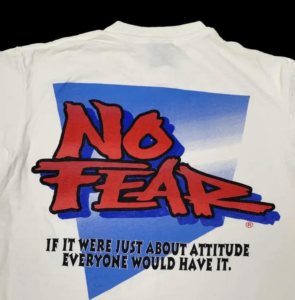In a move that signals strategic clarity and renewed ambition, Adidas has officially appointed Maximilian “Max” Staiger as its new General Manager of Basketball. The announcement, quietly seismic in the sneaker world, reverberates with meaning far beyond corporate reshuffling—it is, in many ways, a referendum on Adidas’ vision for the future of basketball, a category that has long vacillated between greatness and ghosting for the Three Stripes.
Staiger’s arrival doesn’t occur in a vacuum. It comes at a pivotal moment when Adidas is regaining ground across global markets, celebrating a 13% surge in Q1 revenue, and launching flagship expressions of brand identity, such as its enormous, 16,000-square-foot Las Vegas retail cathedral. More than a name, Max Staiger is a signal. A whisper-turned-roar that Adidas Basketball is once again ready to matter—not just as an apparel provider or lifestyle label, but as a force on and off the hardwood.
The Basketball Battle: Adidas’ Ongoing Struggle for Dominance
To understand the significance of this move, one must first appreciate the intricate ballet of brand positioning in basketball—a sport where aesthetics, authenticity, and athletic performance must operate in harmony.
For decades, Adidas has been both a contender and an underdog in this realm. From their early partnerships with Kareem Abdul-Jabbar to the swagger-laced era of Tracy McGrady and Gilbert Arenas, Adidas has at times touched brilliance. The “Crazy” line, the Feet You Wear system, and the Elevation series built cult appeal. More recently, collaborations with Kanye West and Beyoncé pulled the brand closer to culture at large, even if not always rooted in basketball.
But despite flashes of creative energy, Adidas Basketball often struggled to maintain sustained relevance in a market where Nike, and by extension Jordan Brand, dominates. When Nike has LeBron, Giannis, Durant, and Jordan’s legacy—and newcomers like Ja Morant and Jayson Tatum—Adidas has had to craft something different. Something sharper. Enter Max Staiger.
Who is Max Staiger? A Veteran of Hoops Culture
Staiger isn’t just a guy in a suit who “likes basketball.” He is, for lack of a better word, of basketball. His twelve-year tenure at PUMA culminated in him overseeing the brand’s basketball division globally, including pivotal years during which PUMA re-entered the NBA market with a splash.
He spearheaded pivotal collaborations and athlete signings, including with LaMelo Ball, who has since emerged not only as a generational on-court talent but also a sneaker-selling icon in his own right. Staiger was key in articulating a PUMA basketball identity that was fresh, fashion-forward, and unafraid to cross genres—splicing streetwear aesthetics with professional performance.
It’s this kind of dual fluency—knowing what works on-court and what resonates in the culture—that makes him a vital acquisition for Adidas. He represents more than an operational executive; he’s a curator of taste, a connector of communities, and a translator of momentum.
Stepping Into Big Shoes: The Post-Eric Wise Era
Staiger steps into a role previously held by Eric Wise, who departed in February after a near-decade at the helm. Wise’s era was marked by both bold innovation and uneven execution. Under Wise, Adidas made major investments in design, storytelling, and athlete partnerships—including a major, though ultimately tumultuous, partnership with James Harden and a more successful long game with Damian Lillard.
But questions lingered. Could Adidas Basketball compete not just in sales, but in story? Could it deliver products that hoopers wanted to wear, both for style and performance?
By bringing in Staiger, Adidas is implicitly answering these questions with a definitive yes—and an even louder just watch.
Las Vegas, Legacy, and the Lifestyle Lens
The announcement of Staiger’s appointment is perfectly timed to coincide with Adidas’ broader moves to expand and fortify its retail and cultural presence. The opening of the two-level Las Vegas Strip flagship store is not just retail—it’s ritual. A place of pilgrimage, of identity-making.
The store itself is future-forward, fusing customization, digital immersion, and curated spaces for basketball and fashion alike. The message is clear: Adidas isn’t merely selling shoes. It’s building a world—one in which basketball has its own gravity.
This matters in 2025, as Las Vegas rapidly becomes a new nerve center for American sports. With the WNBA’s Aces, the growing presence of the NBA Summer League, and future talks of a permanent NBA franchise, the city is morphing from playground to proving ground. Adidas’ choice to plant a flagship there isn’t incidental—it’s tactical.
It’s also a stage for Staiger to operate upon. With Las Vegas as an emerging epicenter of hoop culture and celebrity convergence, Adidas now has a platform to launch product, tell story, and build community with direct-to-consumer clarity.
Shifting the Strategy: Performance Meets Cultural Intelligence
While Nike’s stranglehold on NBA sponsorship and athlete partnerships is well-documented, Adidas doesn’t need to copy. It needs to differentiate. That’s precisely where Staiger excels.
PUMA’s rise in basketball under his leadership didn’t hinge on outperforming Nike—it hinged on offering something different. PUMA succeeded by being irreverent, by injecting bold colorways, by working with stylistic outliers and betting on new-age stars. Under Staiger, Adidas can execute a similar maneuver—not by trying to be Nike, but by doubling down on its own lane.
That might mean more storytelling around international stars. It could mean deeper ties with the WNBA, where Adidas already has a foothold. It could mean better integration with skate, streetwear, and music—a tapestry Staiger understands deeply.
And then, of course, there’s the product.
Adidas’ recent basketball silhouettes have been technically sound but often struggled to generate the emotional or cultural pull needed to go viral. The Harden Vol. 8 and Lillard’s signature lines may offer strong performance, but without Staiger’s sense of sneaker theatre—the balance of silhouette, scarcity, and storytelling—they lacked edge. That is poised to change.
The Competitive Landscape in 2025
Adidas’ appointment of Staiger also comes at a time when the basketball footwear market is in flux. Nike remains dominant, but cracks are visible. Controversies surrounding athlete behavior, saturation of silhouettes, and the pressure of consumer fatigue all suggest room for disruption.
Meanwhile, new challengers like New Balance, Converse (Nike-owned), and Chinese heavyweights like Li-Ning and Anta are aggressively chasing market share. Adidas, then, has a unique opportunity—not necessarily to dethrone Nike, but to re-establish itself as a compelling No. 2 with momentum, muscle, and meaning.
Staiger’s vision could also mean that Adidas basketball finally gets the long-overdue design renaissance it deserves: tapping emerging designers, working with local creative directors, and fusing functionality with futuristic fashion—a lane that Adidas, more than most, is equipped to dominate.
From Courts to Culture: A Vision for What’s Next
There’s no overstating the symbolic power of basketball within sneaker culture. Basketball is not just about sports—it is the connective tissue between music, fashion, art, and resistance. It’s a language of rebellion and style. From Run DMC’s “My Adidas” to Jerry Lorenzo’s Fear of God Athletics, Adidas knows this history intimately.
The Staiger appointment is thus more than a staffing update—it’s a cultural commitment. A decision to invest in the infrastructure needed to compete not just in stores, but in imaginations.
The future of Adidas Basketball won’t be written solely in press releases or stock performance. It’ll be written on blacktops, on TikTok feeds, on the feet of rising hoopers and underground fashion kids. It will require more than product drops—it will require cultural fluency.
With Max Staiger, Adidas now has a polyglot. A veteran of style and sport who understands the nuance, tempo, and rhythm of what makes basketball beautiful—not just competitive.
The Hustle
As the Three Stripes prepare for a new chapter in basketball, their decision to elevate Max Staiger marks a foundational shift—one that suggests clarity of purpose, not desperation. Adidas isn’t scrambling to catch up; it’s repositioning to leap forward.
The convergence of leadership, location (Las Vegas), and corporate momentum positions the brand uniquely. It knows its competition. It knows its past. Most importantly, it now seems to understand the future it wants to build: one where basketball isn’t a silo, but a storyteller. A conduit for voice, expression, and velocity.
Max Staiger didn’t come to fix a department. He came to build a world.
And if the opening tip is any sign, Adidas Basketball just got its point guard.
No comments yet.








